After reading “Becoming Supernatural” by Dr Joe Dispenza and practicing his meditations daily in order to heal from lyme disease, I started to become passionate about tracking my body’s signals to see how these meditations were indeed impacting my health and my recovery.
I wanted to monitor my body during the meditations and prove – with data – that my healing protocol was working and to find what exactly had the biggest impact on my health and recovery.
I checked many options online (Heart Math, Muse, motiv …) but my pick went to the Oura ring for the large amount of data that it was collecting day and night, and also because it could measure your HRV (Heart Rate Variability – more on that later).

Oura was designed to improve athletes performances by focusing on how well they were resting and sleeping at night.
I thought that this tool would be a great ally for someone recovering from chronic illness.
Battling a chronic illness can feel very lonely at times and I hoped that this ring could give me valuable insights about my health, and maybe become my personal coach – telling me when I had to rest, and when I had to move more and rebuild my muscles.
What is Oura?
Oura is an activity and sleep tracker in the form of a wearable ring made of titanium and diamond-like carbon coating that is non-allergenic, non-metallic, and with a seamless inner molding. You can wear it 24/7, everywhere you go – even in ice cold or super hot weather, diving in the open sea (the ring is resistant up to 100m), when taking a shower, etc. You get the point. It’s always with you. (and in case you’re wondering about EMFs, there is a air plane mode option that you can turn on on the Oura app).
Oura ring measures your body’s activity thanks to its sensors positioned on the inside of the ring, directly in contact with your skin.
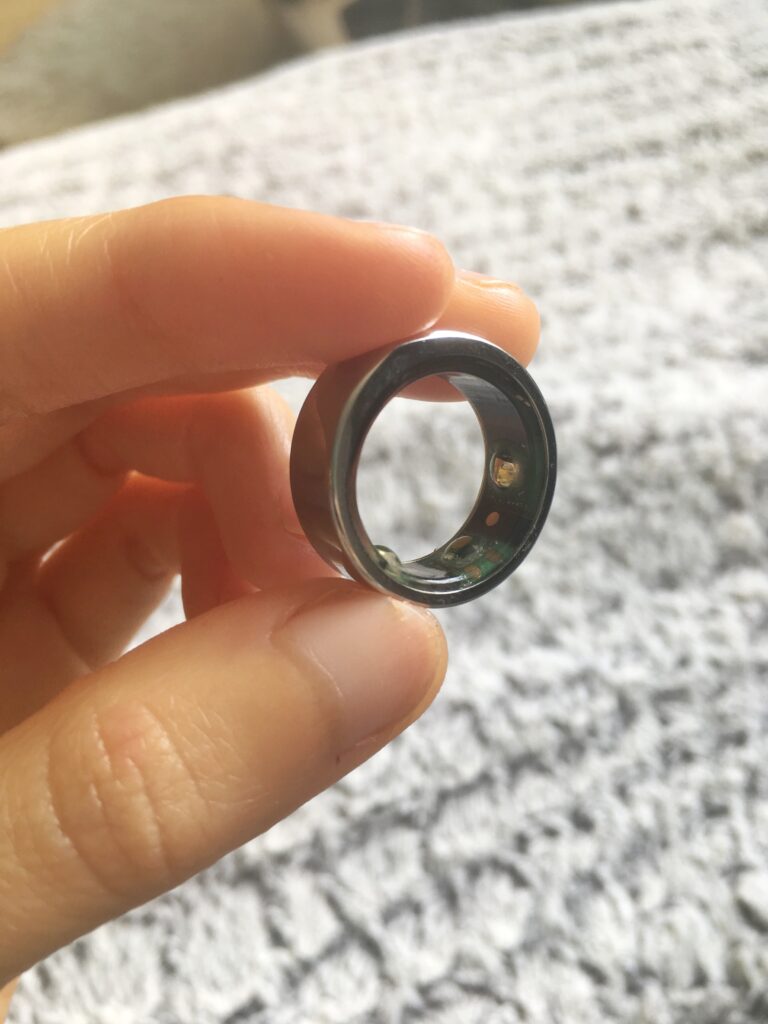
Infrared optical pulse measurement. 3D accelerometer, gyroscope and body temperature sensor.
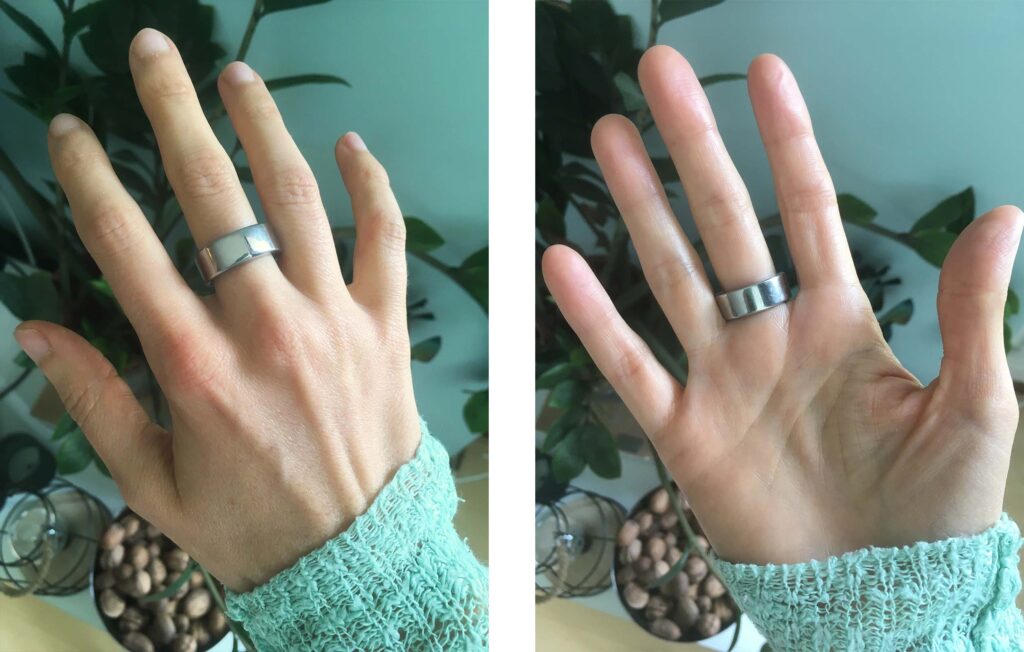
Now there are a lot of great reviews out there on how Oura can boost your athletic performances, but this is a blog about healing from chronic illness, so
I’ll tell you what worked the best in my healing protocol according to the data Oura’s been providing me with and how I interpreted the results and used them to accelerate my healing.
Heart Rate Variability (HRV)
The measure of my personal Heart Rate Variability (HRV) is what got me to buy the ring in the first place. That was the most important measure I wanted to track during my meditation practice and to be able to track it throughout my healing journey to see any progress.
HRV indicates the variation in your heartbeats. Very quickly put, the higher this number, the more inconstant your heartbeats are, the healthiest you are: because you can adapt very quickly to any sudden change in your environment. Typically HRV ranges between 20 and 100. So basically a HRV of 100 means you’re on top of your game, while a HRV of 20 or lower means that you are struggling to adapt to a changing environment and are probably facing some kind of health challenge.
Here is my Heart Rate Variability trend on a 6 month time frame:

I am extremely pleased to see these results, and they correlate with how much better I’ve been feeling these past months. When my HRV was 28 back in December, I could barely walk a few meters without collapsing and needed tons of rest to recover my paralyzed and painful muscles. Today I can walk 800 meters with rests in between (simply sitting on a bench) and my muscles recover much quicker. Overall I can handle way more that I could 6 months ago – from loud noise, bright lights, long conversations with someone, to walking more and being able to move my body without experiencing severe neurological crashes.
My increased HRV values correlate with how much better I’ve been feeling the past few months.
Here is what has allowed me to significantly increase my HRV:

- Dr Joe Dispenza’s meditations. These have been, in my opinion, the biggest reason why my HRV has been increasing so much. I meditate a minimum of one hour per day and I activate my parasympathetic nervous system which turns off the fight and flight response and tells your body that it can finally relax, and proceed to its repairing and cleansing duties (which it doesn’t have time to do if you’re being chased by a tiger – then you’re in stress mode because you need to survive). This topic needs an article on own so stay tuned, i’ll post one soon. Meanwhile you can check my instagram, I talk about these meditations all the time.
- My diet. I eliminated all processed food and cooked dead foods (gluten, animal products, dairy, glutamate, food additives, gmos…) and I made sure I was eating a lot of organic, whole, ripe fruits and vegetables, in their raw form. Thanks to this diet my body started to detox toxins easier and my different systems started to work more efficiently. I was digesting my food better, and I had a lot more energy available that my body could re-direct towards healing itself.
- ASEA water. ASEA is a cell signaling supplement that contains redox molecules. It’s the only thing that’s not found in nature and made in a lab that I allowed in my healing journey, and I am glad I did. It’s been a game changer. It makes your cells communicate better between each other and it goes in your body to the area that needs the most repairing. It’s a fabulous technology. I take it before I meditate and I feel like a christmas tree lightening up with millions of cell connections firing light and information. It’s been fascinating and a tremendous help. You can get it here.
For more info about HRV, check this: Heart Rate Variability on Oura’s blog.
New feature : “Moment”
As of Spring 2019, Oura launched a new feature called “Moment” which finally allows us to monitor our HRV (and RHR – Resting Heart Rate) DURING the day. This means that you can either run a quick check while you’re watching TV to see where you’re at, or you can also use this tool during a meditation and see how that session impacted your HRV and RHR. Oura provides also meditation sounds, a short guided meditation and allows you to choose the duration of the session. When you’re done, it asks you how you’re feeling compared to usual, and record this data in your dashboard as a moment you took for yourself.
If the measure of HRV at night allows you to see your trend over the course of a few months, this “Moment” feature allows you to see short term what affects your HRV and Heart Rate. If find it to be the most interesting tool that Oura provides us with. You can literally monitor yourself on the spot and on demand and see if what you’re doing is working. I’m still experimenting with it, and trying out things to see what affects my values. So far this is what I’ve noticed:
- Taking a deep breath and staying centered and present, calming my thoughts, lowers my heart rate (that’s stating the obvious!) (left pic)
- Going into elevated emotions during meditation (feeling intense feelings of joy, embodying my healthy self and feeling deeply happy about it) momentarily raises my Heart Rate (but in time it increases HRV and that’s what you want).That makes sense since i’m entering alpha brain waves during this stage, which are the same as during REM sleep. And you’ll see below, during REM sleep we have an experience an elevated heart rate. (middle pic)
- Deep breathing exercises seem to positively affect HRV – I did the test of checking myself 5 min before a 15 min breathing exercise, then I checked again 2 times and my HRV increased by 12 points. (right pic)
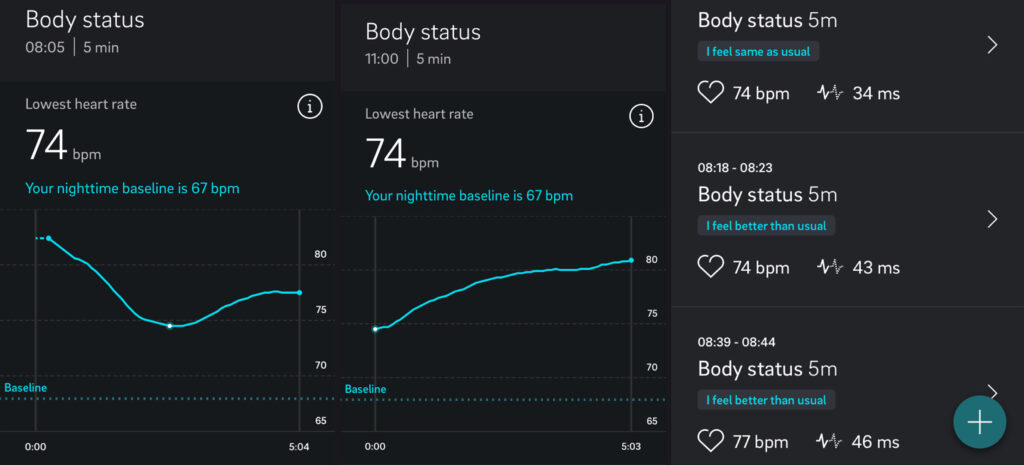
Resting Heart Rate (RHR)
the Resting Heart Rate (RHR) that Oura measures is a very interesting data to know if the lifestyle changes that you’re implementing are benefiting your health and recovery. It’s so reliable that even a small change of 4 beats per minute (bpm) can tell you what’s working for you or not.
By measuring your RHR at night, Oura is able to tell you whether:
- you’re well rested and ready for the day ahead (RHR lowered early during the night and rose right before you woke up)
- your metabolism is working over time (RHR started high after you fell asleep and reached its lowest point right before you wake up – might be due to a late meal, late workout, glass of alcohol before bed…)
- you went to bed too late f(RHR that goes up right after you sleep, leading to a lower cognitive performance the next day).
If your average RHR is higher than your monthly baseline, it usually means that you’re doing something that is either draining you, taking too much energy from you, that you’re over eating or going to bed too late, reacting to some inflammatory foods, that you’re over stressed or even that you’re fighting something like an infection, virus etc.
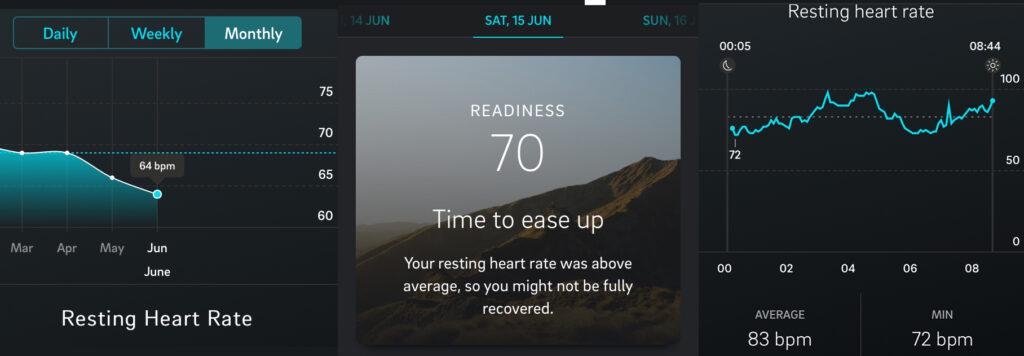
From experience at looking at many of my graphs (I won’t post them all on there 😅), this is what personally works the best for me to keep a steady, low RHR:
- going to bed early (before 10pm)
- avoiding heavy meals at night and stop eating 2-3 hours before bed time
- Meditating during the day (or before bed) and practicing other relaxation and stress reducing techniques
- Avoiding any stimulant before bed (excess activity or alcohol, caffeine etc)
Here is my 6 month Resting Heart Rate progress:
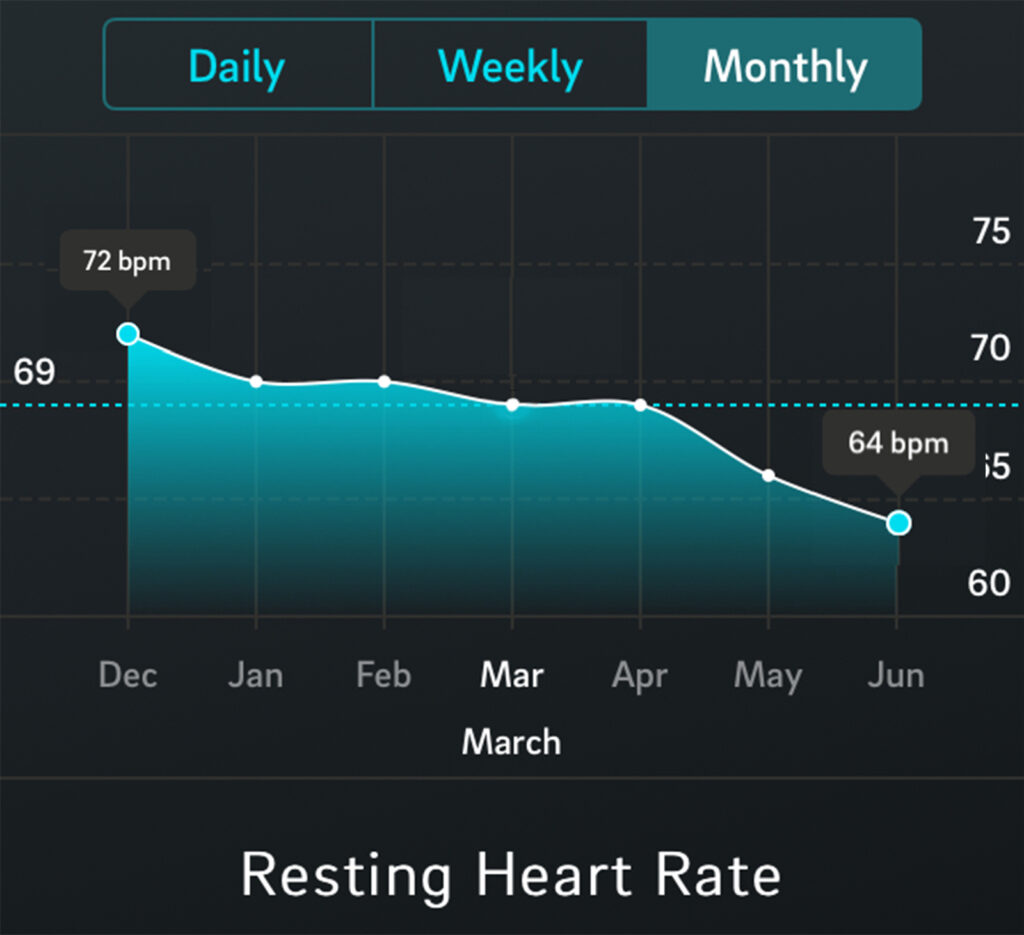
It’s going down, I am thrilled! Actually it’s not a surprise since when your HRV goes higher, your RHR goes lower (what happens during meditations, that’s why they’re so healing).
Read more about how to track your resting heart rate on Oura’s blog.
Body temperature
The Body Temperature measure is a valuable tool that can teach you a lot about your current state of health. Changes in body temperates can happen for different reasons:
- You are fighting an infection, your immune response is up: your body temp will show higher than usual
- You are in the middle of a deep detox, meaning your body is cleaning itself, triggering healing crisis (in the form of fevers, sore throat, flu like symptoms – there are many symptoms). Your body temp will be higher than usual (it can go a lot up!)
- You are trying to detox but your body temp stays absolutely the same: maybe time to up your detox game
- You are ovulating: your body temp goes up (obviously doesn’t apply to guys)
- You have your periods: your body temp goes down.
Here is an example of an elevated body temperature caused by a detoxing protocol I was following:
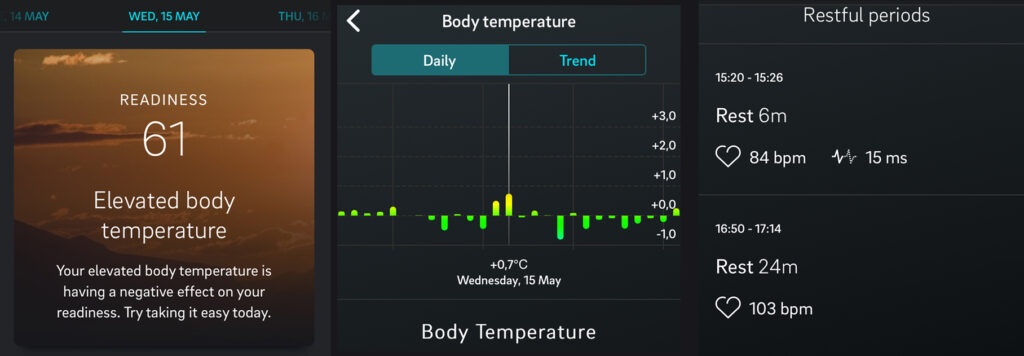
That day I shared my detox symptoms on instagram (sore throat, swollen lymph nodes, low grade fever, fatigue)
Knowing why you’re having an elevated body temperature can be a great tool in your healing journey. I noticed that everytime that I trigger a healing crisis during deep detox accompanied by a fever, I get a significant rise in HRV and drop in RHR values the next weeks as I’ve unlocked a new wave of healing potential from the detox and fever. And every time I feel so much better. They’re healing mechanisms and unfortunately so many people do not understand how the body naturally fights in order to get better. Trust your body, it knows what it’s doing!
Activity level and number of steps
Oura is also of course an activity tracker and reminds you to meet your daily targets and stay active throughout the day (you get remainders when you’ve been inactive for a while, like sitting for a few hours on the couch).
Now that’s where Oura kind of sucks. Oura only records activity through some moments of the day, so a high intensity training of 30 min might only show as 15 min on the app.
As far as I’m concerned, my activity levels have always been in the red zone as Oura calculates a minimum daily activity goal based on age, gender and daily readiness. So technically Oura thinks I am able to walk 10km in a day, simply because I am a young woman of 30 years old, and does not take into account my illness. I wish I could enter manually what a perfect day of activity would be for me based on my capacities at that moment, and take it from there and see progress.
I have a great example to illustrate this. Yesterday I did the most – physically – of what I could ever do in 4 years. Big big steps. I went outside, walked, sat in the park, gardened, walked again, cooked standing up, cleaned …. BIG day for me, I clearly felt like I went the extra mile and surpassed what my body could normally handdle. I guess you could compare it to a high intensity training day for me… Yet I didn’t even meet my daily goals. And since I overdid it compared to what my metabolism can handle, and since Oura does not see that, today it tells me that something if off and that I’m not recovering properly.
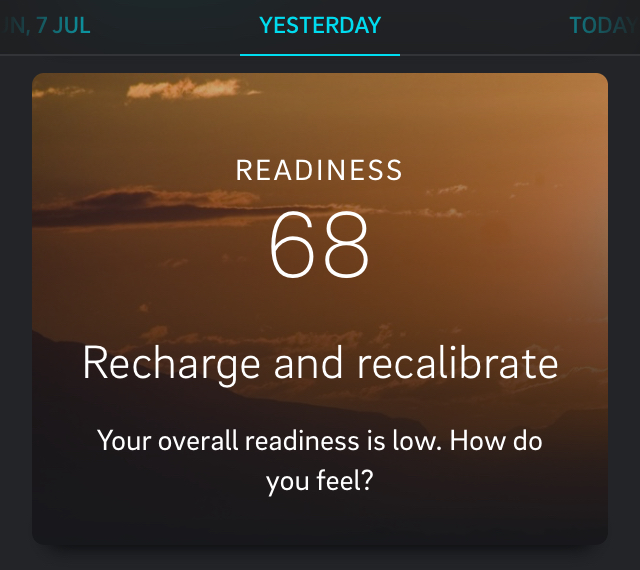
Another downside is that I dont get any recording for doing stationary exercice like standing up on my legs (which is a HUGE improvement for me, yet I see nothing on the app), or doing yoga and gentle stretching.
Maybe something to add in a future update? 🙂
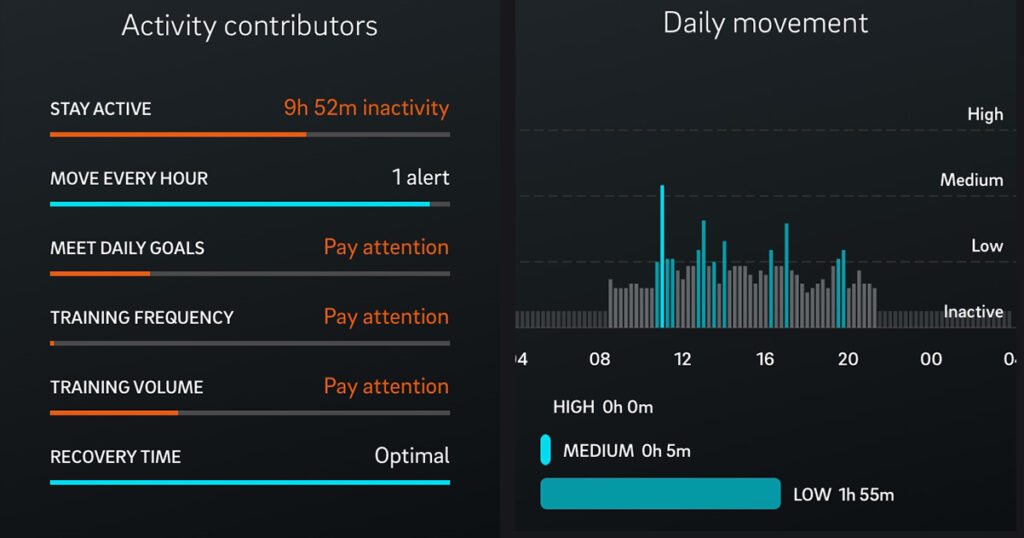
As for the step tracker, it is a convenient tool, but again in the case of chronic illness, it lacks a few features. My 6 month trend shows no progress really, when in reality I am much more able to move throughout the day and I spend much more time standing then before – and you can’t see that on the app (Oura sees “standing” as being inactive. Not for me!!)
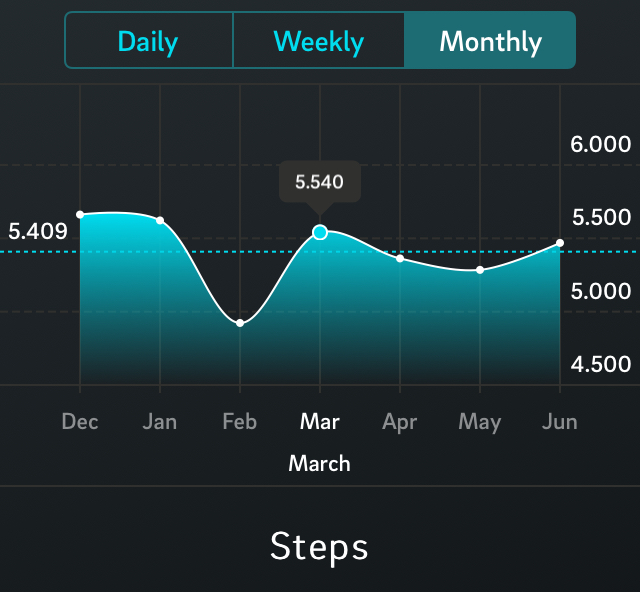
That being said, I do like the “time to stretch your legs?” push notifications that I get on my phone when I’ve been sitting too long behind the laptop. They always come at the moment when I need a break, and just getting up and pouring myself a glass of water while practicing mindful breathing helps a lot.
Bed time
After about 2 weeks of wearing the ring, Oura will try to find a pattern between your good quality nights and sleep schedule, and will determine what is your optimal sleeping window.
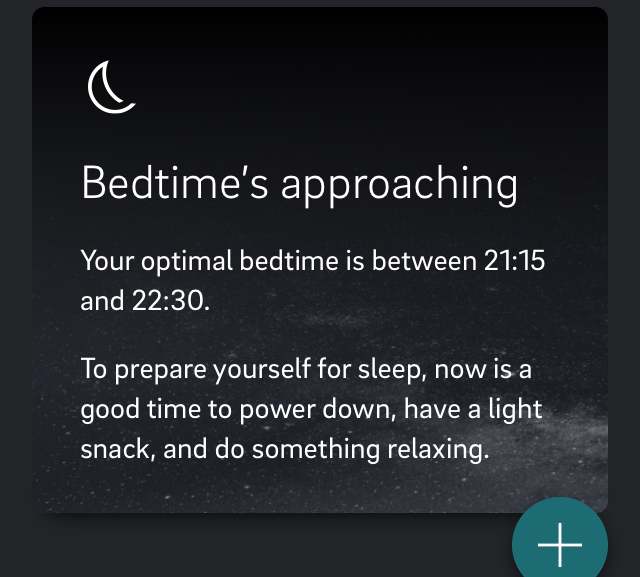
However no matter what that sleeping window is for you, bear in mind that if you’re battling any kind of illness or symptom, it is so incredibly important to go to bed during healing hours, between 10pm and 2am. The body releases multiples hormones then and we experience the most repairing and rejuvenating sleep: Deep sleep.
I try my best to go to bed early and be asleep by 10pm, which I still need to improve.
Here is my 6 month bed time trend:
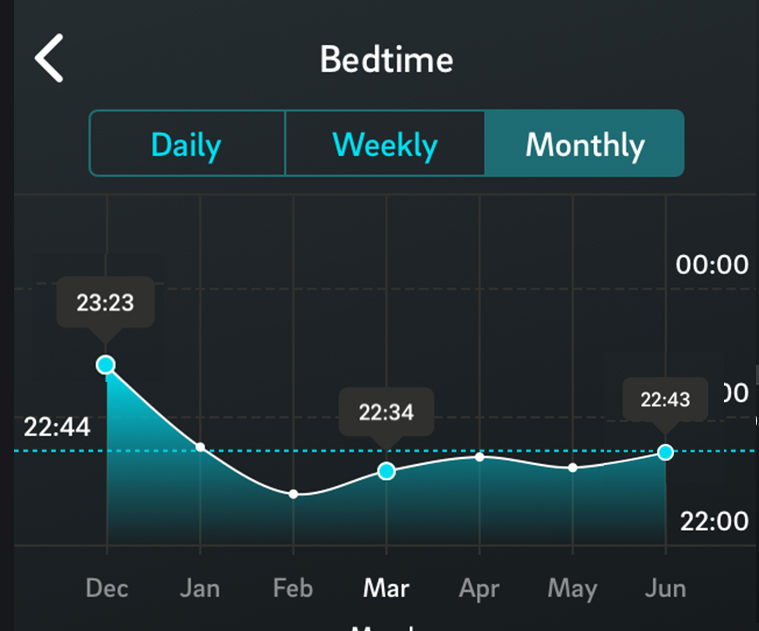
Sleep stages
As we fall asleep during the night, our brain goes through difference sleep stages and our brain waves start to slow down (same process as when you’re meditating). REM and Deep sleep are stages 3 and 4 of sleep, part of 5 different stages of sleep, each with its specificities and benefits.
Deep Sleep
Deep sleep is non rapid eye movement, or NREM (also called slow-wave sleep, delta sleep, and N3 since this is the third stage of sleep).
Deep sleep is the time when your brain waves are at their lowest frequency (Delta waves – the kinds that you can access when you have a lot of experience at meditating) and you are at your hardest to wake up.
During deep sleep, the glymphatic system removes waste from the brain: It’s the time when our bodies are working hardest to recover – strengthening our minds and repairing our body from the previous day’s physical exertion. (source: Oura’s blog post on sleep)
It is the most rejuvenating stages of sleep. If REM is for the mind, then Deep Sleep if for the body. Your breathing starts to slow down and your heartbeat is regular. Your body is completely relaxed and you no longer pay attention to the outside world, you’re completely turned inwards, into yourself (external sounds and noises don’t wake you during that stage. You’re gone!)
It’s during Deep Sleep that the body heals itself, repairing tissues and muscles. It’s also during this stage that your body produces important hormones (namely Human Growth Hormone, HGH, 75% of which is released during deep sleep – the rest is released through activity during the day WHEN YOU ARE NOT EATING (more on that on a later post). HGH is released by the brain into the bloodstream during sleep, and its release is part of the repair and restoration function of sleep). Not all deep sleep is equal either, for it to work it is super important that you body is aligned to its circadian rhythm and asleep during healing hours: between 10pm and 2am. That’s your best shot at generating that growth hormone that makes your body repair itself and grow stronger.
So my goal was to make sure that I get a good amount of deep sleep every night, as my muscles need all the help they can to repair and grow stronger so I can walk. And I’ve clearly succeeded in improving my deep sleep.

It’s increasing.
There are many ways to improve deep sleep, I’ll make a post about it soon :), but meanwhile this is what I’ve noticed helped a lot:
- going to bed on time (before 10pm)
- Having had enough physical activity throughout the day
- avoiding heavy meals at night and stop eating 2-3 hours before bed time
- Meditating during the day (or before bed) and practicing other relaxation and stress reducing techniques
- Avoiding any stimulant before bed (excess activity or alcohol, caffeine etc… although it’s been shown that alcohol increases deep sleep, but that’s only short term!)
- Avoiding long naps during the day
- Avoiding electronic blue lights 1 hour before bed (or wearing those blue light cancelling glasses)
- Keeping the bedroom 100% pitch dark and cool
- Grounding on a natural surface (grass, sand, sea water)
- Wearing a gravity blanket at night or a touching an earthing sheet either at night or during the day (I haven’t personally tried those but I heard they’re very helpful to increase deep sleep).
REM sleep
REM stands for “Rapid Eye Movement”, it is the fourth stage of sleep. Have you ever seen someone dreaming, in a movie for ex, with their eyelids closed, and you can see their eyeball moving like crazy underneath? Well, they’re dreaming, and they’re right in the middle of a REM sleep cycle.
REM sleep is super important as it’s when you consolidate your memory and everything you’ve learned through the day, it “re- energizes” your mind and body. Although your body is inactive during that stage, your brain is very active. This is when you’ll experience vivid dreams (also sleepwalking and bedwetting incidents). As you go through the night, the cycles of REM become longer (they typically start with 10 min and can then take up to 1 hour later in the night).
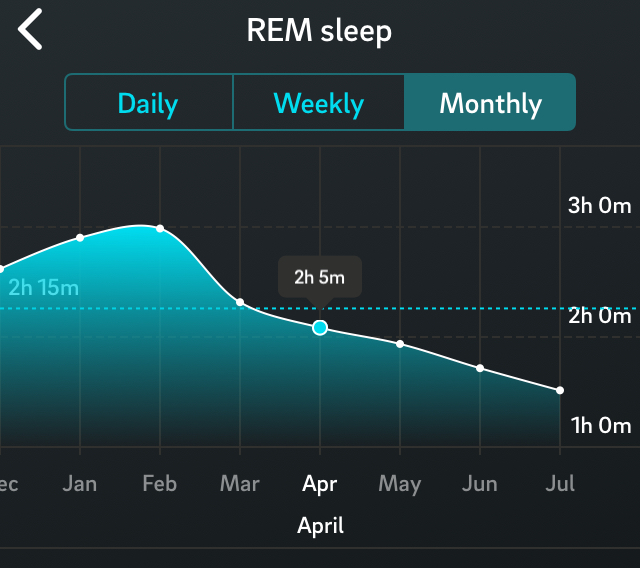
My REM sleep trend over the past 6 months.
It’s decreasing.
It makes sense that if the time I spent in Deep sleep stage increased over the past 6 months, then the time I spent in REM sleep diminished as light sleep accounts for about half of our total sleeping time in average, and I didn’t sleep longer than usual.
I’m wondering however if other factors impacted my REM sleep trend:
- With summer months coming, days are longer and it’s light earlier which woke me up earlier than usual and since REM happens late in the night, that could explain the decrease in REM
- As I’ve been working on using my leg muscles more, maybe my body needs to spend more time in Deep sleep to repair tissues and grow back muscle cells – but that’s just a guess!
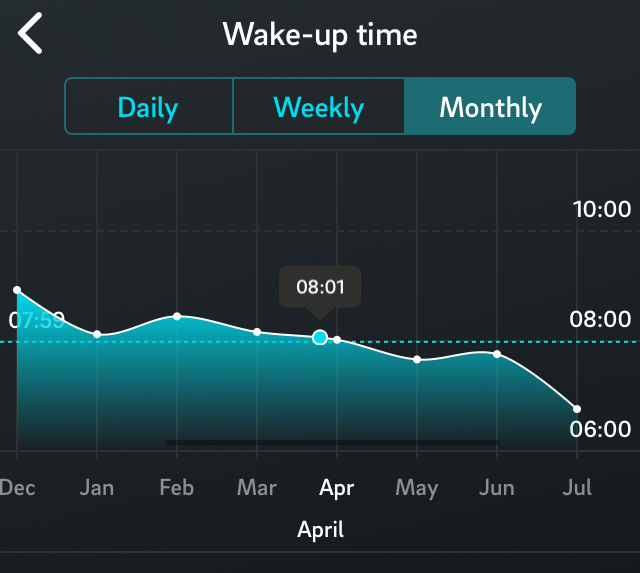
Conclusion
I forgot my charger last week and it’s after not wearing the ring for a few days that I realized how much I absolutely love this tool.
The ring is a little bulky on my fingers and I don’t love sleeping with it or wearing it every day, but there are so many advantages that the pros clearly outweigh the cons. Overall I can tell that Oura is spot on with its predictions and that it absolutely matches how I feel. It motivates me to go to bed on time and to practice meditation since I can see how much it impacts my HRV and my other values. I can see with numbers that I’m getting better, and I also feel it, which brings an extra “confirmation” that I needed since I’m my own doctor on this healing journey. When I sleep good, my REM and Deep sleep are on point, my Heart Rate is on the low range compared to my average values, my HRV is higher than usual and Oura tells me in the morning that my Readiness Score is great: I wake up then and get that “extra push” telling me that I can push myself during the day since I’m properly recovered. This has been the most valuable tool, along with the measurement of HRV during and in between meditations.
When you’re chronically ill, and people around you simply tell you “just try to push yourself and walk”, well that doesn’t work unless your body is properly rested and can take that challenge on that specific day.
By listening to Oura’s recommendations, I can adapt my schedule and do light stretching and restorative yoga on days when my readiness score is low, and go outside and push my muscles to walk more when my readiness is high. This is incredibly valuable information that I try to apply everyday and I’m seeing great results from it.
Now Oura is just a tool – eventually YOU have to do the work. it simply guides you towards what’s best for your body at a specific moment in time, and to see if what you’re implementing is having a positive effect on your overall health and well being. At the end of the day you still have to do all the work – the diet, the meditations, the rest, the good sleep. Oura is simply a mirror of all that.
Final pros and cons
Pros:
- Lightweight on the finger, design is okay
- You can wear it all the time (shower, etc)
- Battery lasts almost one full week, and the charger is cute
- Gives a vast range of reliable measurements: Heart Rate Variability, Resting Heart Rate, Body temperature, Respiratory Rate, Step tracker, Daily Activity, Moments you took in the day to rest and relax consciously with guided meditation and sounds provided, HRV and RHR on demand during the day, Sleep stages, Calorie burn, Optimal bedtime, Time spent in bed, Average waking time, trends etc
- Air plane mode feature to shut down EMFs
- Data reliable compared to how I feel
- Tells me when to rest and when to go for it. That’s very valuable.
Cons:
- A bit bulky on my finger, takes a while to get used to sleeping with it if you’re used to sleeping without jewelry
- Expensive (314€, – although you can often find a 50€ discount code online)
- Not the best activity tracker
- Doesn’t let you manually enter that you’re battling a chronic illness to adapt your daily activity goals

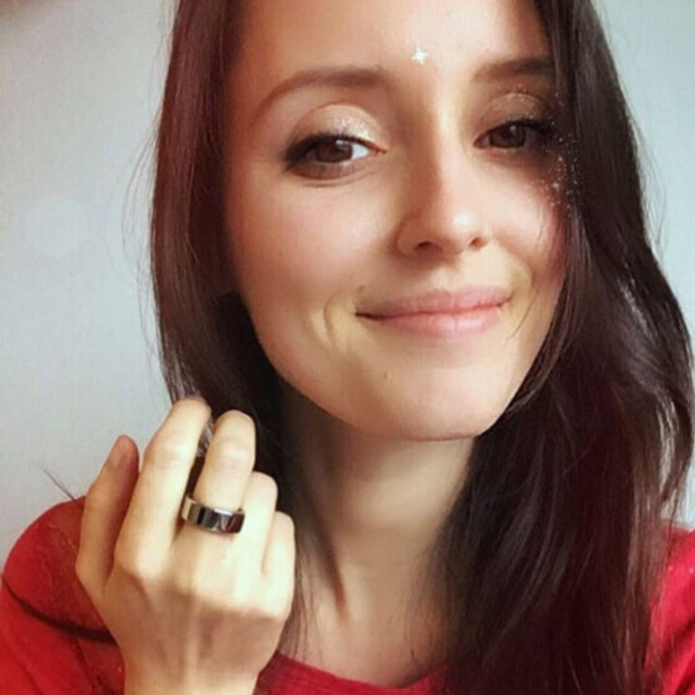

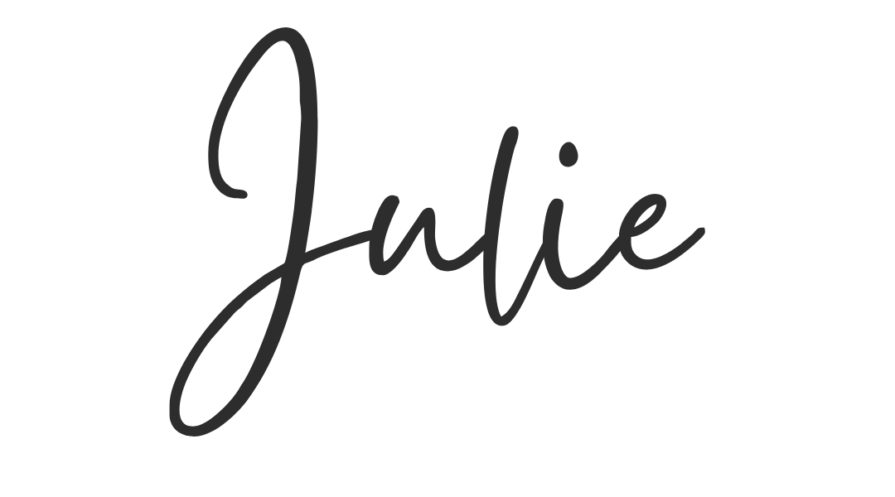
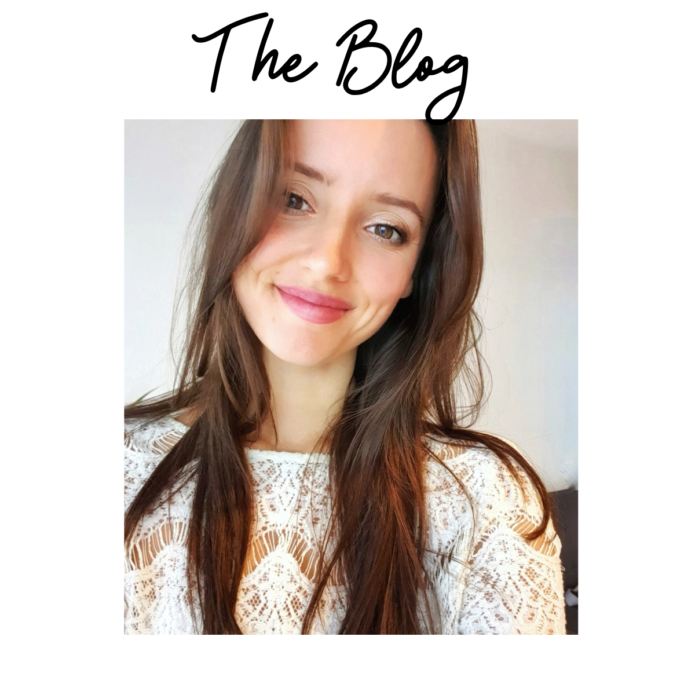
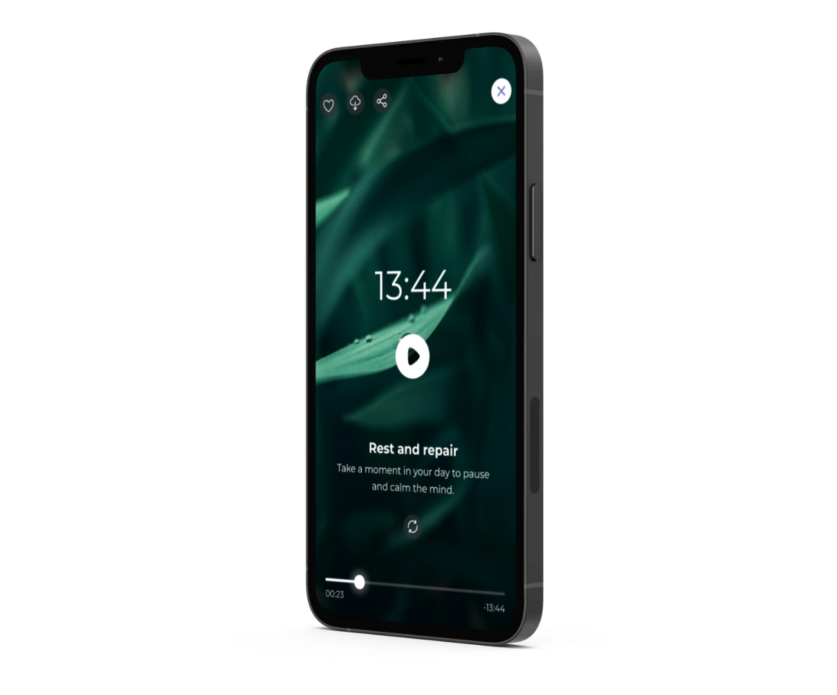

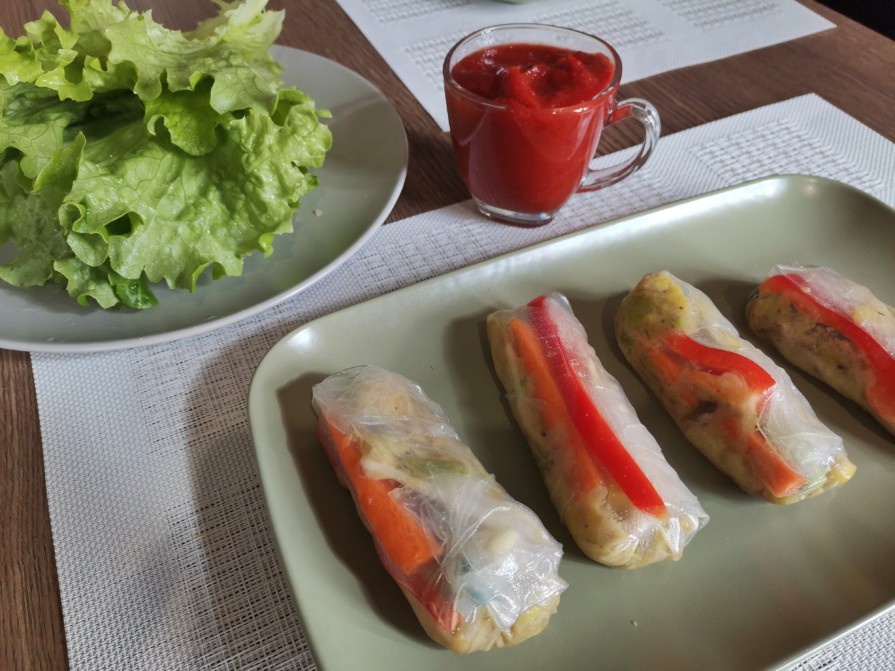
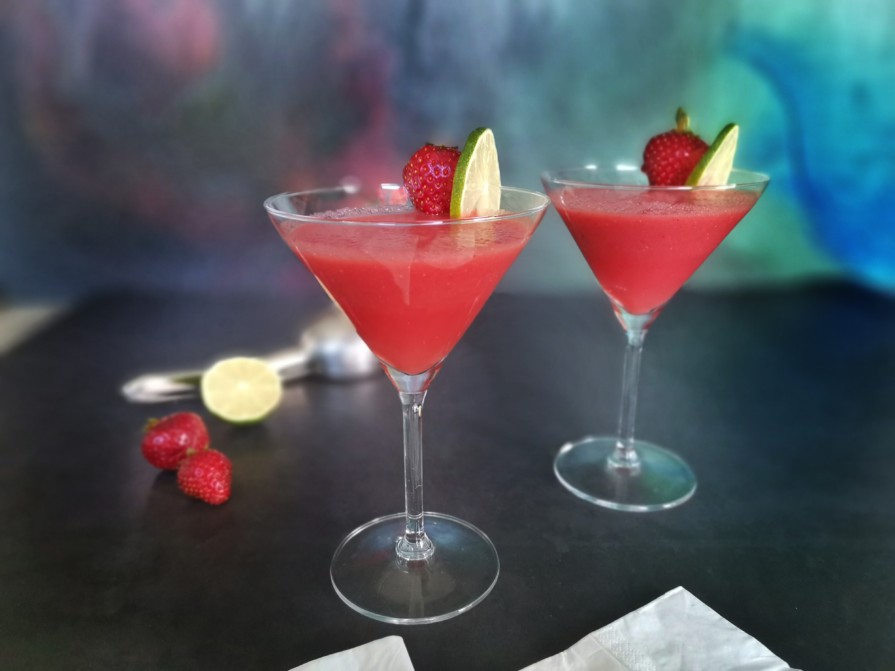
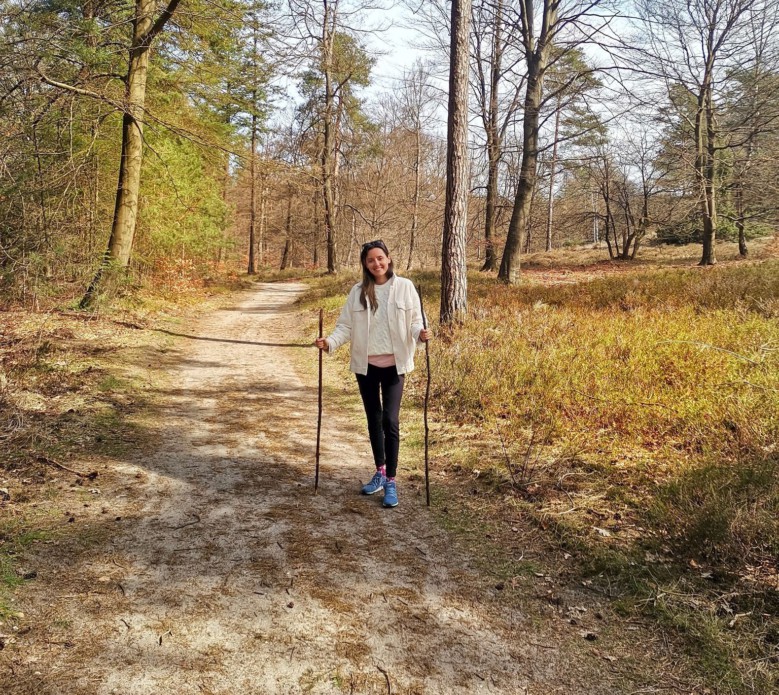
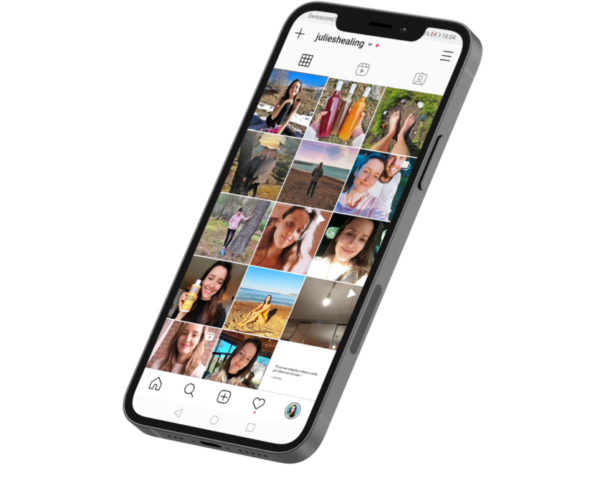

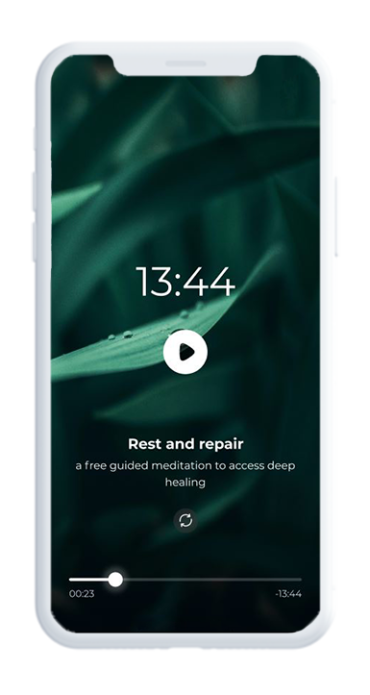
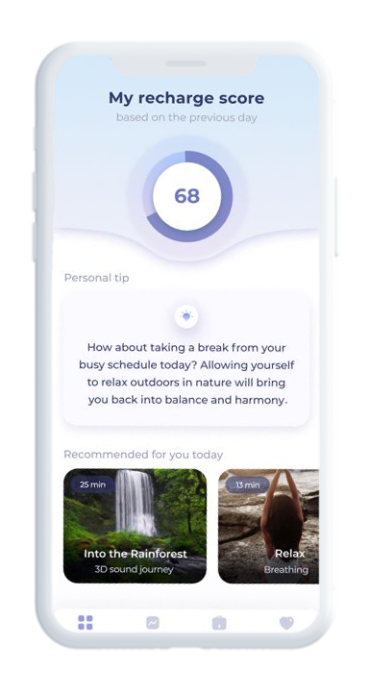
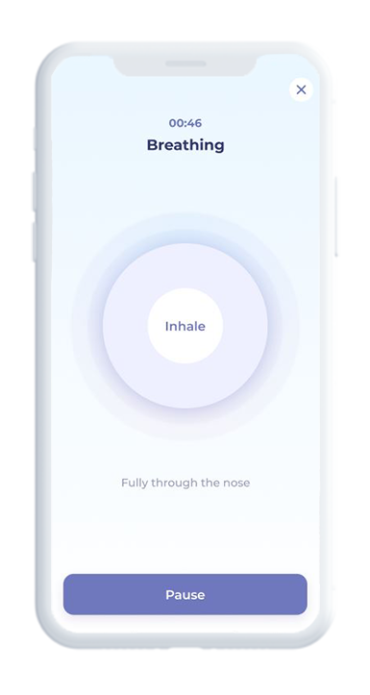
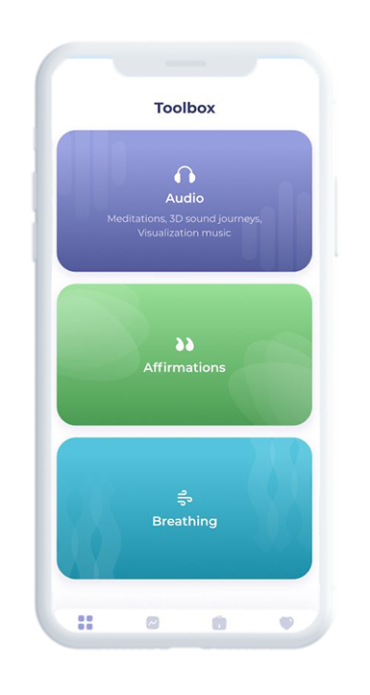
8 Comments on “6 month Oura ring review”
Hi Julie,
Thanks so much for this – it is a report! You are so clever and so inspirational, I’m so enjoying following you.
Do you use the airplane feature? I’m assuming the oura doesn’t track and register with your phone if it’s in airplane mode?
Big love and happy healing.
A fellow chronic illness friend xxx
Antonia xxxx
Hi Antonia, Thank you, happy to hear!
I put it on airplane mode sometimes yes, it records data up to several weeks if I remember correctly. Then when you place the ring back on the charger, it turns off the airplane mode and transfers the data to your phone.
xx
Julie
Thank you for sharing! I have ordered the ring and I’m really excited to try it out.
Thank you so much, Julie, for this interesting report and comprehensive review. The oura ring is on my list to manifest! LOL! Do you remember what size ring you got as I’m wondering if the smallest size would fit my small fingers!
Hi Jocelyn, thank you so much! If I remember correctly, I bought the ring in size 6…but not sure really! You can order the sizing kit to be sure 🙂
Very interesting. Thanks for the in-depth review. I have a concert idea of how it works and how it would be useful. I’ll go take a look at their site.
Thanks for this amazing update Julie. Thorough as ever! I received my Oura ring last week and will be referring to your post often as I learn all about it. My HRV is 22 but Doctors have never found “anything wrong”. Explains a lot! Now my job is to try and increase it. I did have a strange thing happen last week, I went to the movies and it was an action adventure movie but my Oura ring thought I was asleep for the entire thing! Not sure what happened but have written to them. Thank you for all you do. Xxx
Love this overview Julie and well done on your progress. You must be do proud!
I also love Dispenza and Oura.
Your stats were starting to improve off the chart rapidly… would love to see what they look like today after a further 6 months x